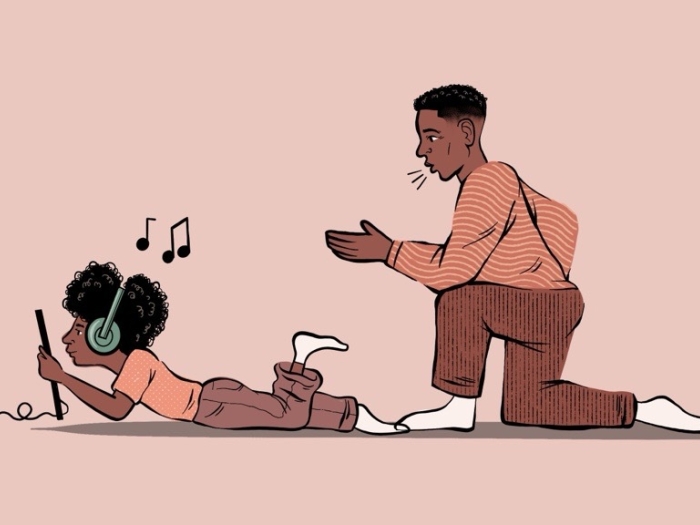Gift cards, baked goods and … bandages? Take your family’s well-being into account (and visit the pharmacy) when shopping for those last-minute gifts.
1:00 PM
Author |

For the past several years, I have offered my tips on preparedness and attempted to answer the question I am most frequently asked: "How do I stay out of the ER?"
MORE FROM MICHIGAN: Subscribe to our weekly newsletter
The short answer is that a trip to the emergency department is often unavoidable.
Data from the Centers for Disease Control and Prevention suggest that only 8 percent of ER visits are situations in which patients could have safely waited for 48 hours to see a primary care doctor.
And plenty of folks might admit that they lack the tools in their own medicine cabinets to provide a proper first line of defense. While you can buy a first-aid kit from a variety of sources, you can also build your own using supplies from a local pharmacy and stock the items in any small container.
So, in the spirit of the holidays, I offer some "stocking stuffer" gift ideas based on injuries seen at the emergency department. These items will help your (adult) loved ones create their own first-aid kit to have on hand and potentially keep them out of the emergency department this holiday season.
Cuts and bleeding: Stuff that stocking with sterile gauze and medical tape, as well as regular and "butterfly"-style bandages. Larger dressings and wraps can be a helpful addition. Add a few safety pins to help secure these dressings.
Many patients come to the ER for cuts and lacerations. Simple lacerations that stop bleeding with direct pressure may not require advanced wound care and can be safely treated at home.
Burns: Toss in antibiotic ointment and aloe vera, which soothes sunburns.
Simple reddened skin burns, such as a sunburn or burn from brief contact with a hot stove or curling iron, can be treated at home with simple care. Run cool water on the area to remove any residual heat. Wash with mild soapy water, then apply an antibiotic ointment and cover the site to guard against infection.
Infections: A box of antiseptic wipes is a great addition to a stocking and can be found at most pharmacies.
SEE ALSO: 3 Tips for Seniors Visiting the Emergency Department
Infections after a cut or a burn that land a patient in the ER often could have been prevented. First, clean the wound with antiseptic wipes. After cleaning, and before covering with a dressing, apply a thin film of antibiotic ointment from your first-aid kit.
Particularly dirty wounds can be cleaned with hydrogen peroxide after rinsing with water. These simple steps can help prevent infection due to the damaged skin defenses.
Common injuries and conditions: Make stockings colorful by including bandages in fun colors and patterns. Add in latex-free medical gloves, a thermometer, tweezers, cold packs and a mini flashlight.
Simple medical tools like those I just listed can help get the job done for small injuries and coldlike symptoms. An emergency medical handbook can be purchased or downloaded as an app, and if you do think you need to head to the emergency department, keep your family's medical information together and up to date to bring with you. You can download apps to record health conditions and medications for you and your family members.
Aches and discomfort: Including hydrocortisone cream in a stocking can help with painful insect stings. And a supply of acetaminophen and ibuprofen can relieve simple pain or fevers. Use these medications only according to label directions and consult your doctor if you have questions.
While these stocking stuffers can help you manage simple emergencies at home, it's important to always trust your judgment. If you feel that your wound, burn or condition would require immediate evaluation, emergency physicians are always ready to take care of you.

Explore a variety of healthcare news & stories by visiting the Health Lab home page for more articles.

Department of Communication at Michigan Medicine
Want top health & research news weekly? Sign up for Health Lab’s newsletters today!





